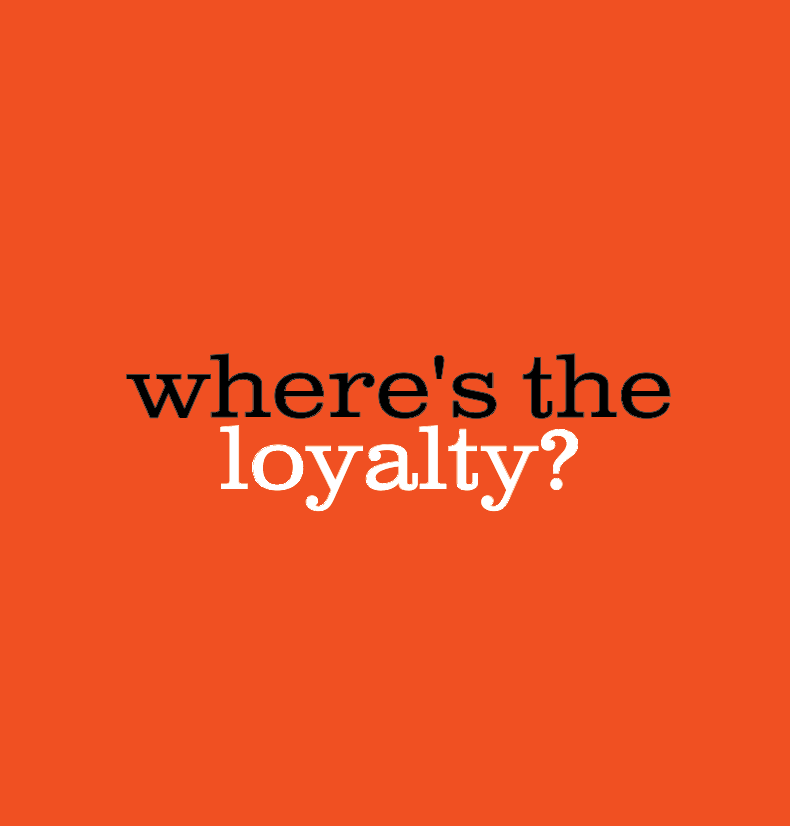5 Tips to satisfying an unhappy customer
- Julie Boake

- Aug 9, 2021
- 3 min read

Who has ever had an unhappy customer? Until recently, I never really gave thought to an unhappy customer because I have always worked so hard to wow those I work with.
Along the way, things happen, life happens and while you do your best to keep everyone happy, there will be a day that you will encounter an unhappy customer.
I spent 10 years in retail and followed that up with another 12 years in corporate marketing, there are a few things I learned along the way:
1. Listen to the customer FIRST.
Without thoughts running in the back of your head about groceries, why they are wrong and how you don't really want to be dealing with this issue right now. Stop, listen fully to what your customer has to say. In the unhappy one sided exchange, you may just learn a little more than you expected (like how the customer was affected by something unrelated from months before or what a third-party source relayed to them). Whatever the conversation, the best starting point is a genuine open mind to their concerns and an unobstructed comprehension of the issue.
2. Communicate clearly
Whether your client chooses the discussion via social media (ouch), email or over a cup of coffee. Pause, think about what you really want to communicate and make it clear with compassion. Don't say words just to fill up the silence, choose your words, it will keep you a lot more professional and grant your client the respect they deserve, especially if you have had a long term relationship with them.
If you are meeting a client in person to discus the issue, be sure to choose the right environment, whether your office, their office (preferred) or a neutral location (challenging).
3. Ask questions
How can the situation be resolved to their satisfaction? (perhaps their demands are unreasonable) How can a compromise be reached. Either way, take the time to ask the questions that let your client know you are exploring the situation to find an amicable resolution.
Follow up questions can help your client gain the trust that you fully understand the issue and are committed to them. If at this point your client feels as though you need more clarification, they appreciate you diving further into the details.
Often times, a client just wants to be heard so the more you can get them communicating (in person) the softer the situation becomes.
4. Consider your response, but don't rush it.
This is not a tennis match. Consider what your client has told you. Take time to reflect on all of the issues at hand (whether just the immediate one or an issue from another time).
Don't rush your decision or the solution. While the customer would like a resolution right away, that may not be the best solution, perhaps you need to explore more? If there were other staff or people involved, this may be an opportunity for you to explore their side of the story as well, not to diminish the concerns of the customer but to fully understand all of the factors that came into place to cause the issue.
Your customer wants to know this issue is as important to you as it is to them. If you need to request additional time to find a resolution, explain that clearly, but reassure your customer that this issue is a top priority.
Give them a deadline. If you are not immediately able to realize a solution, let them know when they can expect a fair solution, whether later in the day or week, either way, a deadline.
5. Solutions.
In a perfect world, the client was reasonable in their concerns and your solution may be a reduction in rates, a change of account manager, a return or refund.
Other options might be a discount on a future service (to get them back), a revision in the contract or engagement or a token of good will.
Think about the time and effort that goes into gaining a new customer and building a relationship, what could it cost you to keep this client? It may be a simple solution, a revision to operational procedure or a discount.
What if the client is unreasonable?
I have learned that an unreasonable client often stems from issues in which you have no control. ie: stress elsewhere. Yes, you can become the easy target for unjustified frustration... unfortunately, there is not a lot that you can do to make this client happy. At the end of the day, you have to decide if you can work to make this customer happy or if you are ok with cutting the strings.
Julie Boake
Awedity Creative
Okotoks, Calgary & wherever you are!




Comments